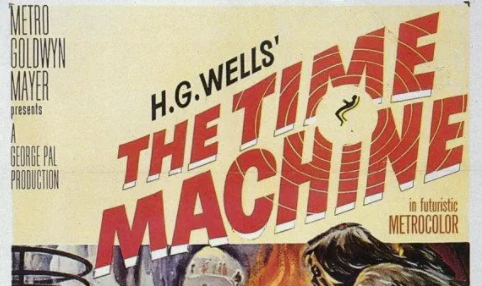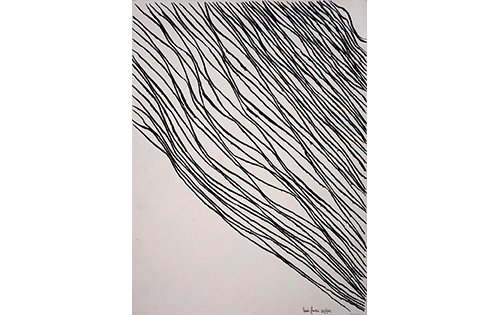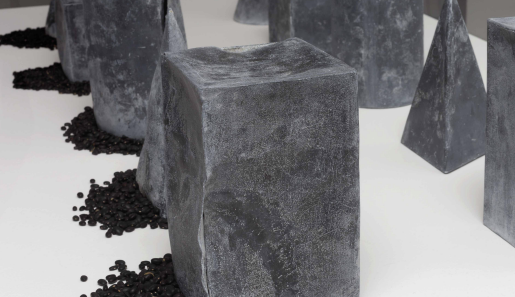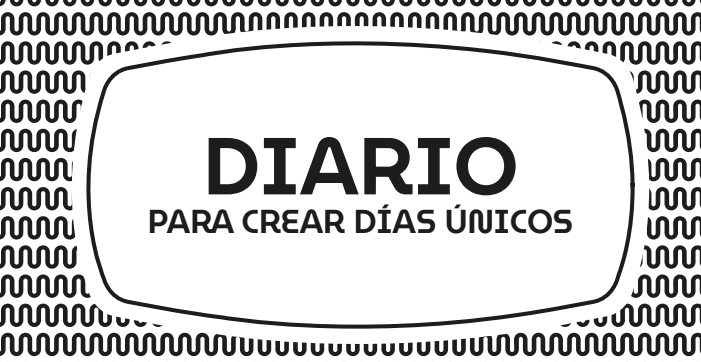A jellyfish appears in the empty canals of Venice, throwing up new questions about the potentiality of art and time. The immemorial heir of the first animals on Earth and a denizen of the world for over six hundred million years, the Venice jellyfish is an image that bears evidence of the reversal of varying degrees of urban pollution, while also reminding us of all the past time embedded in today’s natural organisms. It is an original survivor of a more primordial Earth. Its image has persisted almost invariable across the history of nature, travelling in bodily form, condensing and expanding various messages about time and its drifts.
After the work of art historians like Aby Warburg and Georges Didi-Huberman it is possible to understand the image as an object of compound times that holds ‘more memory and more future than the being who contemplates it’, as our image of the jellyfish does. Conceptions of time have changed in this context of pandemic crisis and lockdown: the present stretches and densifies as history recedes, and the future vanishes almost entirely. It is here at this temporal crossroads that images of contemporary art can work better, as eddies in time, to bring us a more intense experience in order to think about all the times we are simultaneously living and all the multiverses we can live in.
Once modern art put behind it the historical avant-garde and its linear, progressive idea of time, where the past was a cluster of obsolete forms and the present a revolutionary means to grasp the future as fast as possible, contemporary art emerged to hold out the prospect of perceiving time through a more manifold, sensible understanding. CON-temporary art is a sensibility and way of thinking that stands WITH time: a capacity to travel and flow, like the jellyfish, across the diverse histories of life on Earth. By taking on the past and the future as working materials, art became a time machine to travel unfettered by borders throughout the length and breadth of our pasts, and the history we are building as we live. Contemporary art has the power to journey into both the past and the future, to alter and outline them. This capacity appears to bypass universalist pursuits, official narratives, canons and evolutions; it emerges with an involvement in micro-histories, in the narrative of those defeated or historically displaced, in specific cultural identities. But then one day this virus comes along and sits down to argue about time.
Today the danger to which humanity is exposed makes the traditional exercise of thinking about history and the future even more problematic: there was nothing like it looking back, and looking ahead nothing is clear. For some the future is open, full of possibility; for
Fabio Kacero
Earlater , 2010
Video digital
Color y sonido
6 min., 3 sec.
others it is broken, with no common hope. We ask ourselves then: will contemporary art be an oasis, a mesa or a swamp? Should contemporary art respond to this emergency by applying the brakes to the heated debate about time, by slowing down and pausing for thought? Should art contribute strategies for designing new ways of life, new sensibilities towards time? Should it become even more militant when we come to think about the best possible solutions to what’s happening, the best possible worlds? Or should it pursue its own processes without forcing a thing, confident in the knowledge it will be a witness to the current state of the world?
Today the danger to which humanity is exposed makes the traditional exercise of thinking about history and the Like the jellyfish Fabio Kacero’s Earlater condenses and expands time. The title plays on the English words ‘early’ and ‘later’, which form part of one and the same concept. It is an excess of time trapped within a non-historical pattern. There is no tradition or future. There is no de facto hierarchy as a single body outside time that can be sensibly perceived and whimsically pierced by art. Curatorial Team

Cataract of lines is a collective drawing to which the whole of society can be added, without matter age. On Tuesday Ernesto Ballesteros will begin the drawing through a video in Instagram. That drawing will have its reactions in the successive drawings of artists such as Adriana Bustos, Paula Castro, Claudia del Río, Lucas Di Pascuale, Carla Grunauer, María Guerrieri and Cynthia Cohen in a chained way, which can be seen throughout the week on the museum’s Instagram.
We invite you to respond to any of the participating drawings with a video of you drawing. They can also answer as many times as they want to the lines that have generated other people from the audience.
To participate you just have to upload your story with the hashtag #dibujocolectivo and tag us like @modernoba. When this timeline ends, we will edit a video of all the lines together, which will be uploaded to the Modern Museum website.

Here are the inspiring slogans of Ballesteros: “The idea is to force the drawing and pass the post on to someone else and let him draw with his own way of forcing, which is his way of being free.”
“Tarkovski said that the only thing a work of art has to have to be understood, consumed by the public, is to be honest. Drawing is thinking. So you don’t have to be quiet while drawing.”
“Feel free, we are not in the moment to be practical but to assume the natural times.”
“This is not addition but multiplication. It is not a unilateral chain; it is not a line but a cascade, as when one particle hits another and produces a cascade of subparticles. These would be sub-drawings, but in the sense of how the weather.”

Meditation for seniors A timeless experience to connect with our imagination.
Visualization to link with the internal creative force, empower imagination and personal gaze from the suspension of sight to reconnect with the body and emotions. In charge of Germán Paley, arteducador
Who said that time travel is not possible? Did somebody make you believe what do you have to know to do? How do you get inspired? With only close your eyes, you can open a portal of invention and personal poetics. Tea We invite you to live this experience in which you are the protagonist of your art.

With pre-cinema devices as triggers, we propose to recover one of the first optical toys that allowed to reproduce moving images. Attendees will be able to create their own zoetrope and generate their own animations circular.
